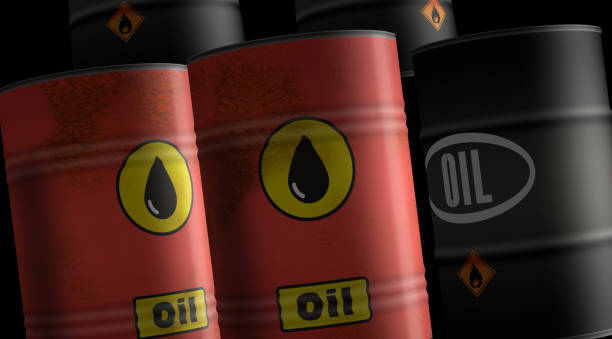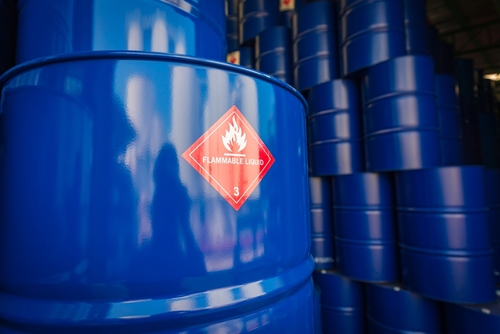WTI trades with positive bias around mid-$71.00s, just below over one-week top


- WTI holds steady amid hopes for a demand recovery in China and Middle East tensions.
- A larger-than-expected rise in US crude stock caps the commodity amid a bullish USD.
- Traders now look forward to the official US inventory data for short-term opportunities.
West Texas Intermediate (WTI) US Crude Oil prices trade with a positive bias for the third successive day on Wednesday and placed around mid-$71.00s during the Asian session. The commodity remains close to over a one-week high touched on Tuesday amid hopes for improving demand from China and geopolitical risks stemming from the ongoing conflicts in the Middle East.
Investors remain hopeful that China's massive stimulus measures announced recently will ignite a lasting recovery in the world's second-largest economy and boost fuel consumption in the world's largest crude-importing nation. Moreover, concerns that a further escalation in the Middle East conflict could impact supply in the key oil-producing region and tighten market balances in the months ahead. This turns out to be key factors lending support to Crude Oil prices.
Meanwhile, industry data published by the American Petroleum Institute (API) on Tuesday US crude stocks rose more-than-expected, by 1.64 million barrels last week. Apart from this, the ongoing US Dollar (USD) rally to its highest level since early August, bolstered by bets for smaller interest rate cuts by the Federal Reserve (Fed), is holding back bullish traders from placing fresh bets and keeping a lid on any further appreciating move for Crude Oil prices.
Market participants now look forward to the Official US government oil inventory data for a fresh impetus later this Wednesday. Apart from this, fresh geopolitical developments and the USD price dynamics should contribute to producing short-term trading opportunities around Crude Oil prices.
WTI Oil FAQs
What is WTI Oil?
WTI Oil is a type of Crude Oil sold on international markets. The WTI stands for West Texas Intermediate, one of three major types including Brent and Dubai Crude. WTI is also referred to as “light” and “sweet” because of its relatively low gravity and sulfur content respectively. It is considered a high quality Oil that is easily refined. It is sourced in the United States and distributed via the Cushing hub, which is considered “The Pipeline Crossroads of the World”. It is a benchmark for the Oil market and WTI price is frequently quoted in the media.
What factors drive the price of WTI Oil?
Like all assets, supply and demand are the key drivers of WTI Oil price. As such, global growth can be a driver of increased demand and vice versa for weak global growth. Political instability, wars, and sanctions can disrupt supply and impact prices. The decisions of OPEC, a group of major Oil-producing countries, is another key driver of price. The value of the US Dollar influences the price of WTI Crude Oil, since Oil is predominantly traded in US Dollars, thus a weaker US Dollar can make Oil more affordable and vice versa.
How does inventory data impact the price of WTI Oil
The weekly Oil inventory reports published by the American Petroleum Institute (API) and the Energy Information Agency (EIA) impact the price of WTI Oil. Changes in inventories reflect fluctuating supply and demand. If the data shows a drop in inventories it can indicate increased demand, pushing up Oil price. Higher inventories can reflect increased supply, pushing down prices. API’s report is published every Tuesday and EIA’s the day after. Their results are usually similar, falling within 1% of each other 75% of the time. The EIA data is considered more reliable, since it is a government agency.
How does OPEC influence the price of WTI Oil?
OPEC (Organization of the Petroleum Exporting Countries) is a group of 12 Oil-producing nations who collectively decide production quotas for member countries at twice-yearly meetings. Their decisions often impact WTI Oil prices. When OPEC decides to lower quotas, it can tighten supply, pushing up Oil prices. When OPEC increases production, it has the opposite effect. OPEC+ refers to an expanded group that includes ten extra non-OPEC members, the most notable of which is Russia.





